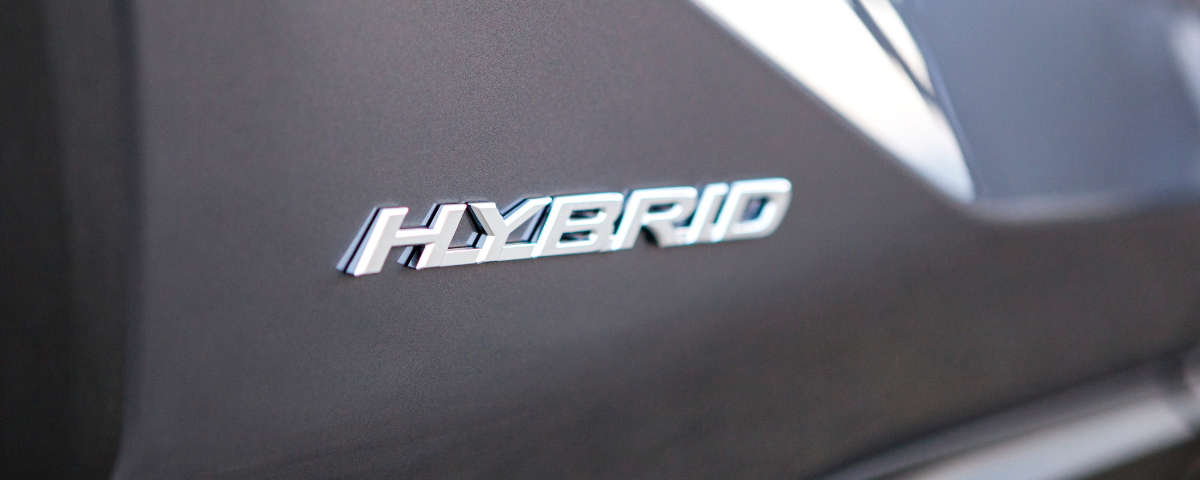Who would have thought virtual events would have come into their own during 2020 in such a dramatic way. They are, and have become, the next best thing to face to face meetings, a good substitute until events get going again, but what is the future for virtual post Covid?
What 2020 has shown us is how technology can support the world of events in the future. The shift to virtual and hybrid was inevitable and would have happened anyhow, with such issues as climate change as well as flexible working coming to the fore, the world of live events needed to adapt. There could come a time when it will no longer be appropriate to fly thousands of delegates around the globe to a central location. Virtual and Hybrid was already growing without Covid, it would have just taken longer for audiences and clients to fully embrace it. Now it’s here, and it’s here to stay.
When live events do start up again the need for Hybrid, where the audiences will be split with some in a venue and others watching remotely, will be in demand. Restriction on travel could be with us for a while and client organisations may want to adopt a more local or regional approach to their live events, So, is Hybrid going to become the next big thing for the live event industry?
What is hybrid?
Hybrid events have been around as long as TV cameras have been broadcasting for Olympics, Royal weddings, and m0re – even the presidential elections are all Hybrid events. Where we have the same content and message, but it is delivered in a different way.
When we translate this well-established format into business events, what learnings should we take from the broadcasters? First of all, we must recognise there are two audiences, those physically in the room and those watching remotely. Our production values need to reflect this and be different. ‘The same but different’ is the way we need to look at how we start to build a Hybrid event.
How does hybrid work?
The content, desired outcome and audience behaviour are probably going to be the same. So, we have to look at how we can engage with a dual audience. Sticking a camera, or cameras, at the back of an auditorium is not going to cut it. Think about Formula One, you are in the grandstand, you only get to see cars for a few seconds as they scream past you, the rest of the time you watch the race from the large screens or your mobile. Looking at that experience, you would be forgiven to think being at the event is a really poor experience and actually, if you had stayed ay home and watched it on TV, you would have seen more.
In the world of live events, we are fully aware of the “I was there…” emotion that massively outweighs watching events remotely. Live events are 4D, a shared experience that is incredibly powerful yet, viewing remotely, are 2D substitutes which enable greater audiences and reach. To be anything close to the actually being ‘there’, we have to work hard in creating a different experience which could involve interviews, pre-recorded videos and sequences the live audience will never see. In short, we are now the eyes and ears of the remote audience.
How can we use this knowledge to plan a hybrid event?
So, planning a hybrid event needs two different disciplines – Live and Broadcast. In many cases this could involve two separate teams working on the ‘same but different’. There are many elements to consider, what is the structure of your hybrid event? Are you just running one live location or multiple hubs which need to be joined together? Do you need two-way communication where you have multiple global presenters virtually appearing at the same time, on the same stage, using VR, AR or ER (extended reality)? What about time zones and digital infrastructure? Lots to consider and getting the right creative and production team in place who have the knowledge of both techniques is critical.
What about cost? I hear many procurement people getting excited about virtual and hybrid, thinking all of a sudden cost will go down as travel, accommodation and venue costs reduce. When it comes to Hybrid cost savings probably won’t happen, yes there will be redeployment of budgets, however, to do hybrid properly it is very likely costs will actually rise.
Finally, do digital solutions pose a threat to live events? Clearly no, they do not. They do however, open doors of opportunity for extended audiences, global reach, interaction and greater income from such things as sponsorship. Live events should not be worried as we have that one thing which makes events the number one communication experience – “I was there…”
Dale Parmenter will be speaking at IBTM World Virtual as part of our IBTM Inspire Masterclasses. He’ll be sharing his playbook to planning and developing hybrid events.
Find out more here.

